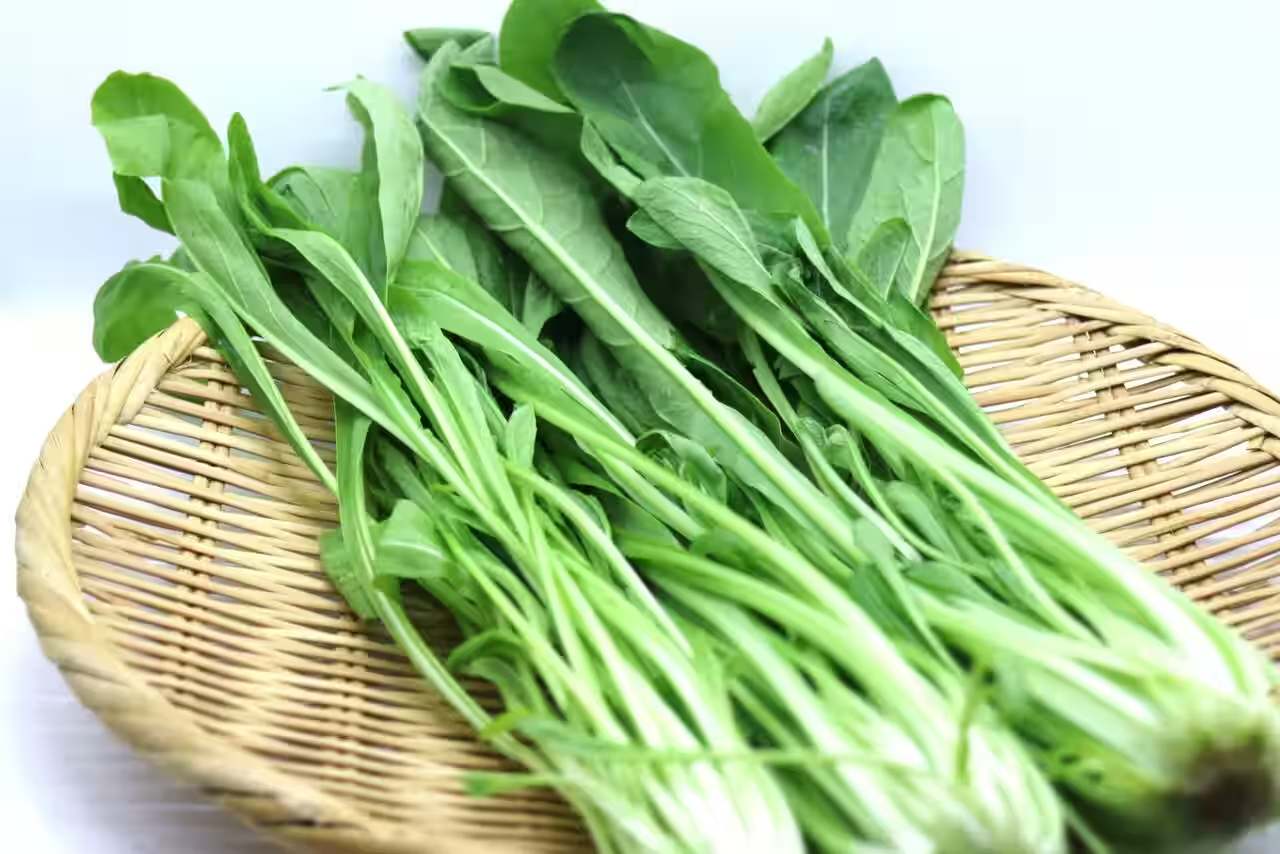When people think about food in Japan, they usually imagine traditional dishes: miso soup, grilled fish, rice, pickles, ramen, sushi, and seasonal vegetables arranged with care. But modern Japanese eating is also full of quiet Western influences, especially at breakfast. One of the most interesting examples is the appearance of chipolata sausage on hotel buffets, family restaurant menus, and even in supermarket aisles.
It’s a small detail on the plate, but it tells a fascinating story about how Japan adapts and blends foreign ingredients.
What Exactly Is Chipolata Sausage?

In its European origins, chipolata sausage is a thin, small sausage typically made from pork and seasoned with mild herbs. Compared to heavily spiced or smoked sausages, it’s subtle, gentle, and easy to pair with many foods. That softness in flavor is a big reason it fits so well into the Japanese breakfast landscape.
In Japan, you might not always see the word written exactly as “chipolata” on the package, but the style — slim, uniform mini-sausages with a mild taste — is easy to recognize. They cook quickly, they don’t dominate the plate, and they work in both Western-style and Japanese-influenced meals.
Western Breakfast in a Japanese Context
Many hotels in Japan offer mixed-style breakfasts: one corner for rice, miso soup, grilled fish, and pickles, and another corner for eggs, salad, bread, and small sausages. Guests can mix and match, building a plate that leans more traditional, more Western, or somewhere in between.
On that Western side of the buffet, chipolata often appears next to scrambled eggs and hash browns. For Japanese guests, it’s a familiar sight without being too heavy. For international visitors, it’s a comforting link to the breakfasts they know from home.
How Japanese Supermarkets Sell and Use Chipolata
In supermarkets, you’ll find small sausages sold in multipacks, often marketed for breakfast or bento use. The style is clearly influenced by chipolata sausage — thin, easily portioned, and quick to cook. They’re designed for busy households:
- A few pieces sautéed in the pan for breakfast
- Sliced into vegetables or pasta for dinner
- Packed into bento boxes for lunch
Because chipolata is mild, it slots neatly into many different flavor profiles without clashing. You can eat it with ketchup, soy sauce, mustard, or even a drizzle of ponzu.
Bento Boxes and Cute Sausages
Japanese bento culture loves small, neat, visually pleasing foods. Mini sausages are often cut into shapes — famous examples include “octopus sausages” with curled legs. A slim sausage similar to chipolata is perfect for this: it cooks fast, holds its shape, and can be transformed with just a few knife cuts.
In children’s bentos, these sausages are a source of protein that feels fun rather than boring. They share space with rice, tamagoyaki (Japanese omelet), cherry tomatoes, broccoli, and maybe a small piece of fried chicken or fish.
Yoshoku: Western Food, Japanese Style

The Japanese category of “yoshoku” — Western dishes adapted to local tastes — is another place where these sausages fit in. You might see them:
- In pasta dishes with light tomato or cream sauces
- On pizza-like bread in bakeries
- Baked into casseroles or gratins
- Served with buttered rice and vegetables on a café plate
Here, chipolata isn’t treated as strictly foreign. It becomes another flexible ingredient that can move between cultures, sharing the dish with soy sauce, Japanese mayo, or local vegetables.
Home-Cooking Ideas Using Chipolata
For home cooks in Japan (or anyone inspired by Japanese food culture), sausages in the chipolata style are easy to integrate:
- Breakfast plate: a couple of sausages, scrambled eggs, shredded cabbage salad, and a slice of toast.
- Bento: sliced sausages tucked into a corner of the box with toothpicks, next to rice and side dishes.
- Quick dinner: sauté sausages with onions and bell peppers, then splash in soy sauce and mirin for a sweet-salty glaze.
- Fusion pasta: toss sliced sausage with broccoli, garlic, and soy-butter sauce over spaghetti.
Because the flavor isn’t aggressive, the same pack can serve multiple purposes across the week.
Why This Little Sausage Fits Japan So Well
Japanese meals tend to prize balance — not just in flavor, but in size and variety. One or two slim sausages are enough to add richness without making the meal feel heavy. They occupy a small physical space on the plate but provide a satisfying bite.
There’s also a practical side: short cooking time, easy storage, kid-friendly texture, and a familiar shape. For busy families and hospitality businesses, that makes chipolata sausage a very convenient choice.
A Tiny Ingredient with a Global Story
Looking at a breakfast plate in Japan, you might see rice, miso soup, grilled fish — and a single small sausage. That one piece of chipolata connects European culinary traditions with Japanese daily life. It’s proof that food cultures rarely stay separate; they overlap, borrow, and evolve. So next time you’re in Japan and you notice those little sausages on a buffet or in a bento box, you’ll know they aren’t just a random Western import. They’re part of a quiet, ongoing conversation between cuisines, one small bite at a time.







Comments